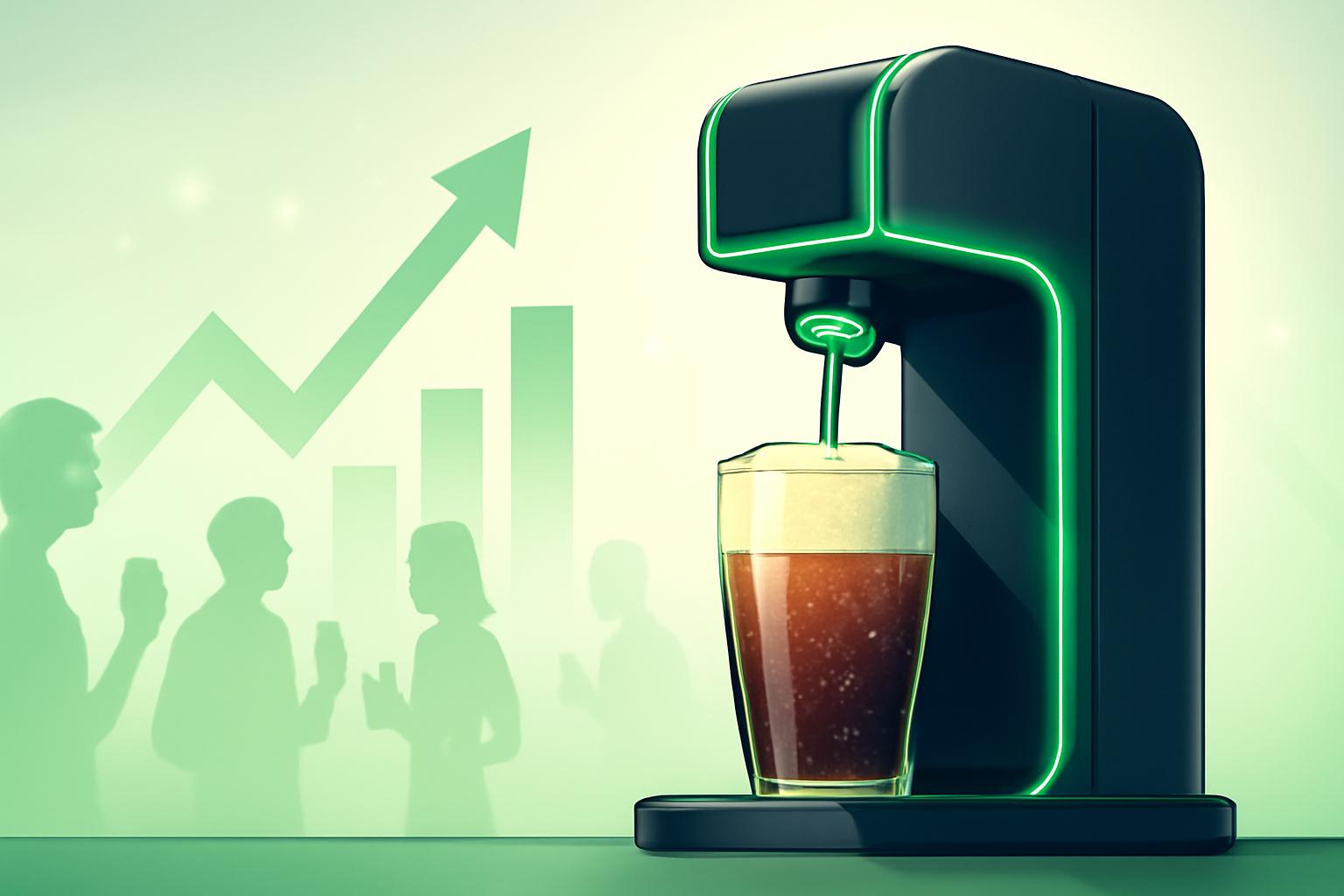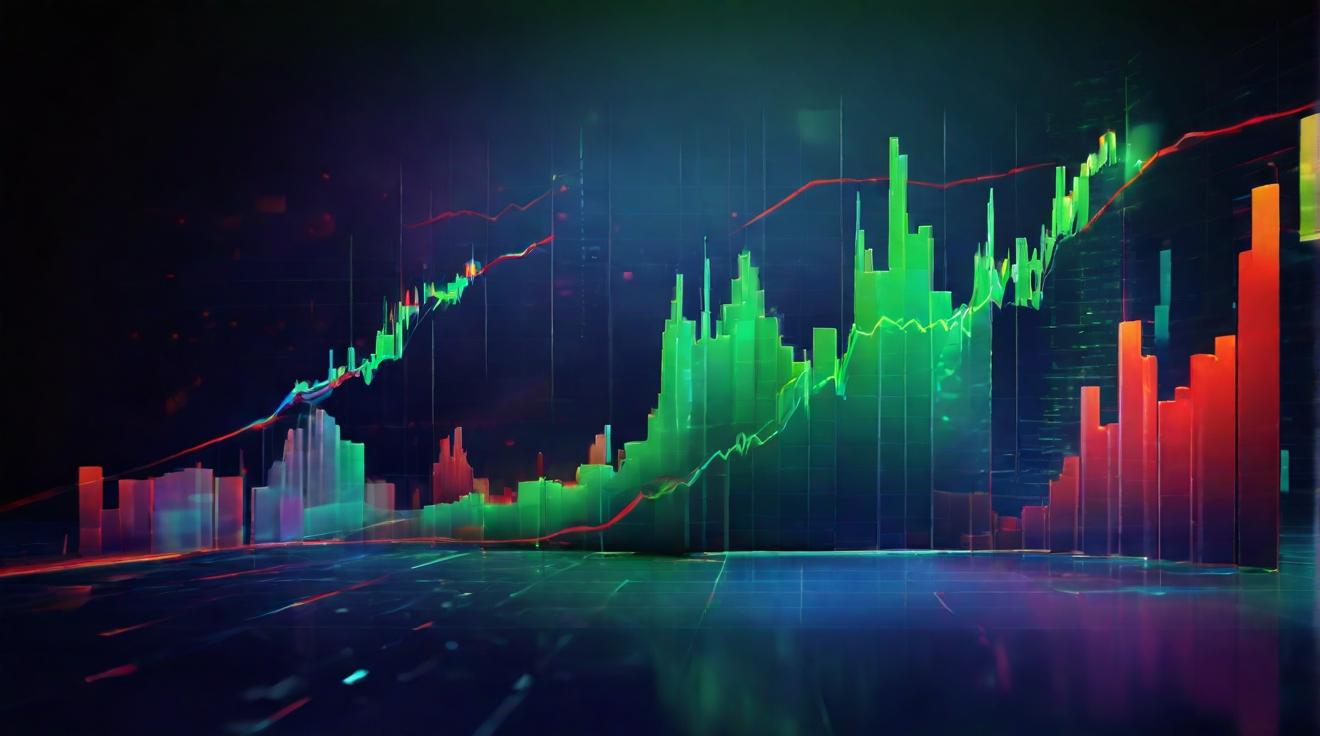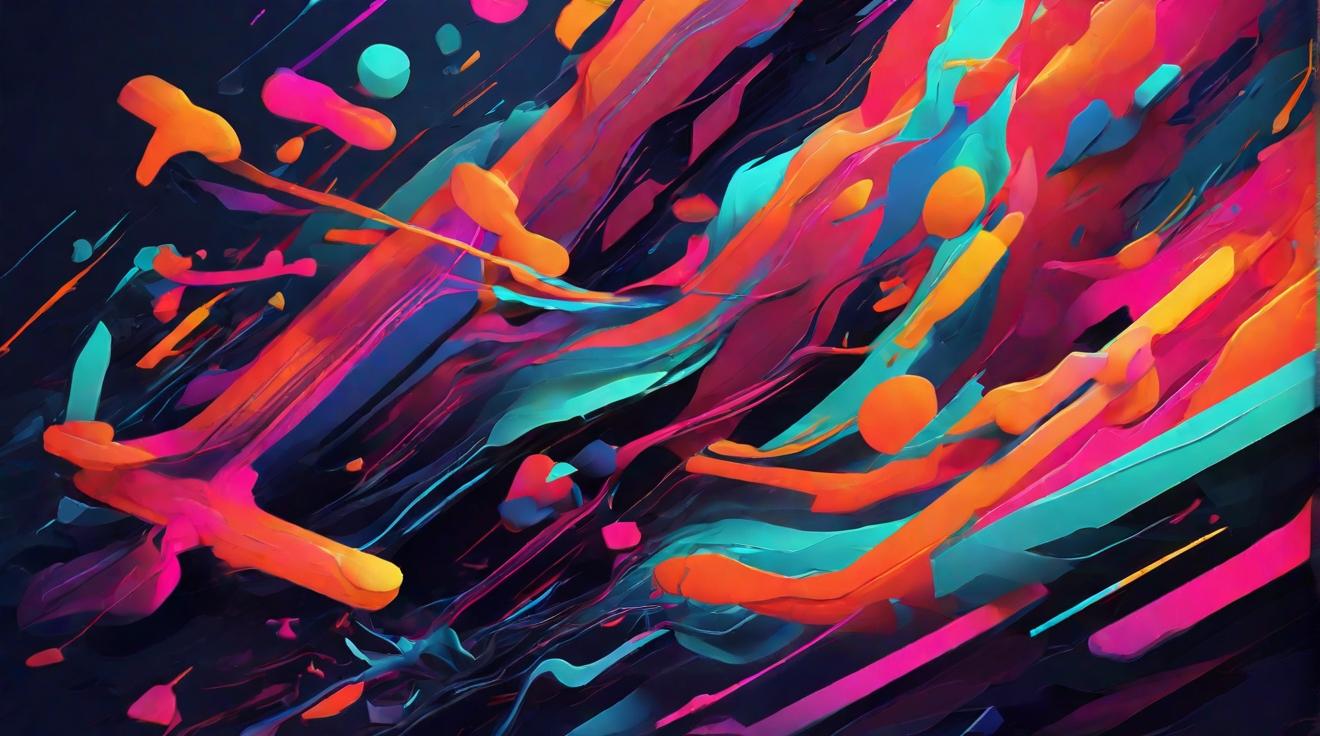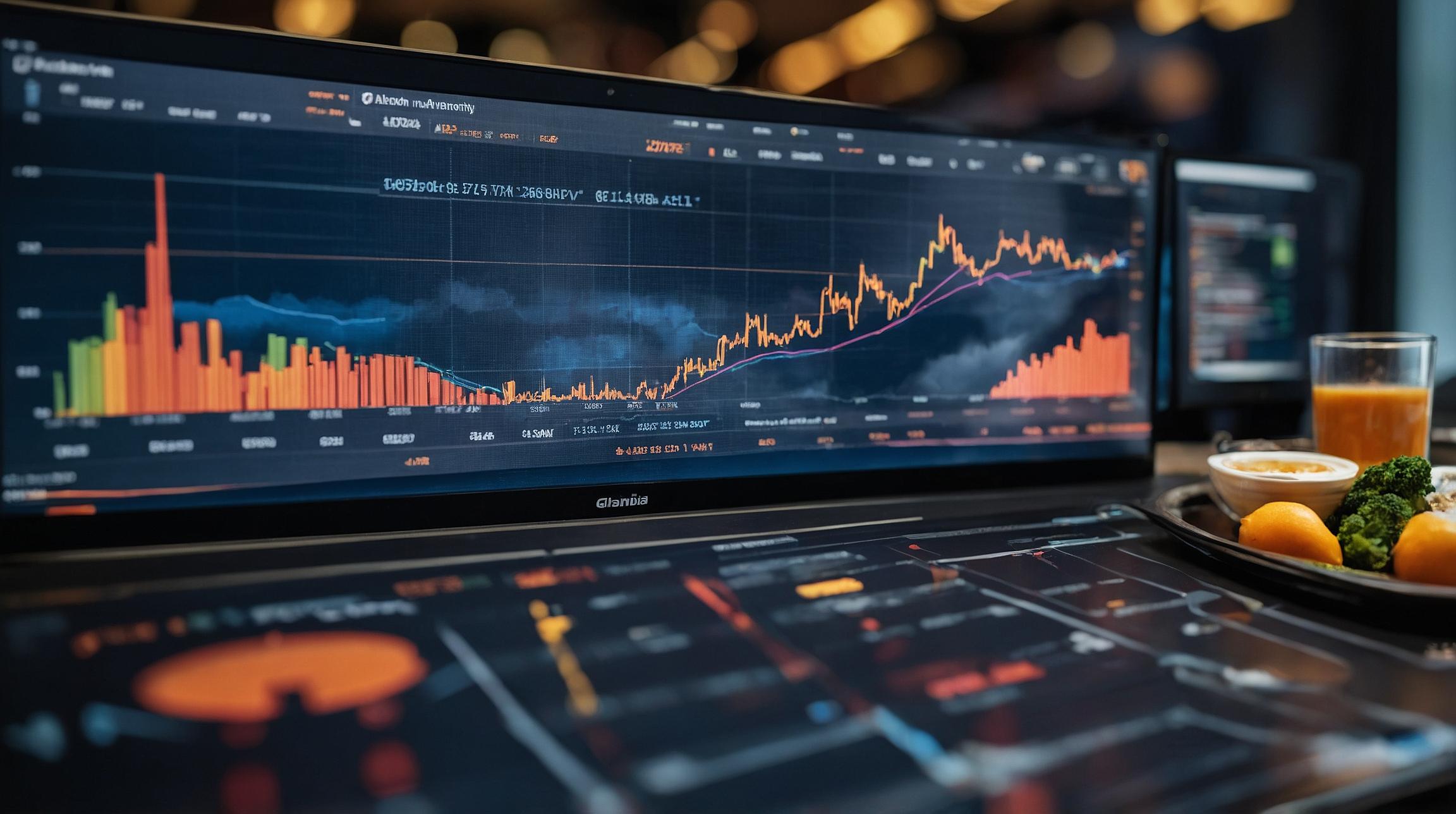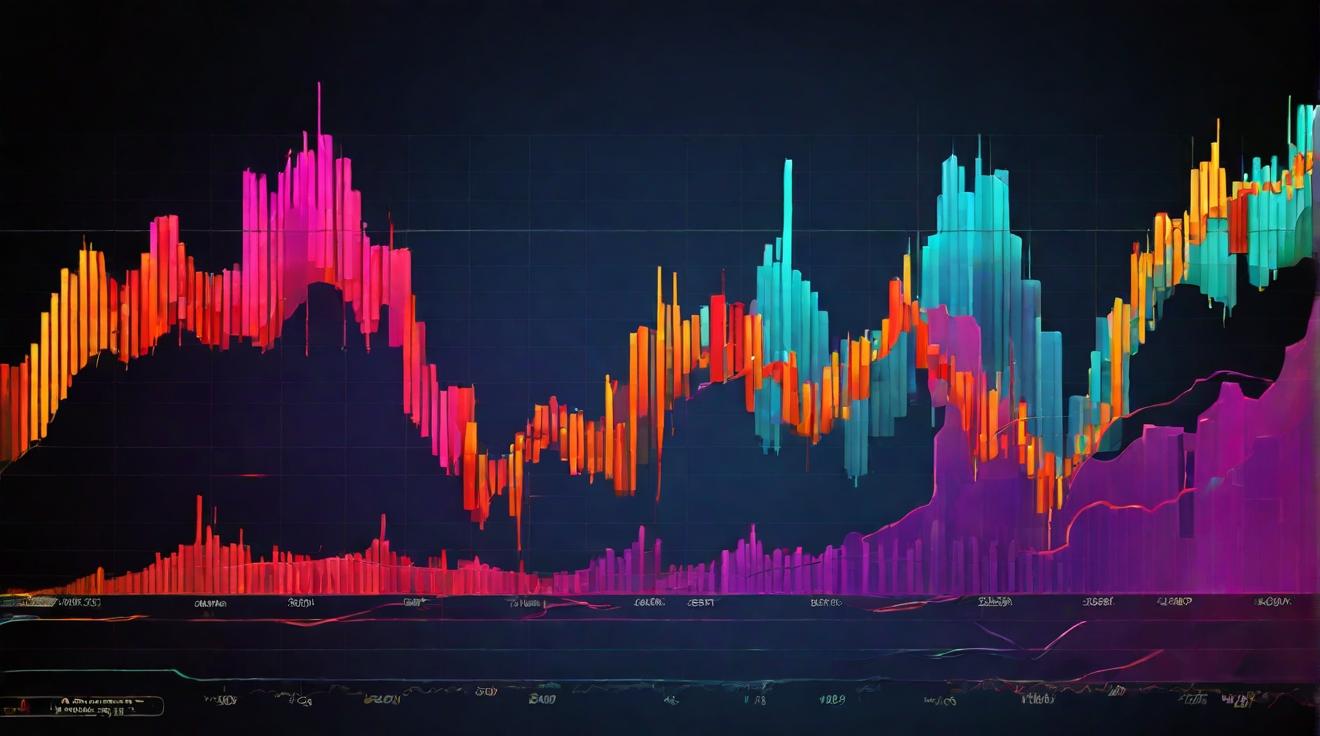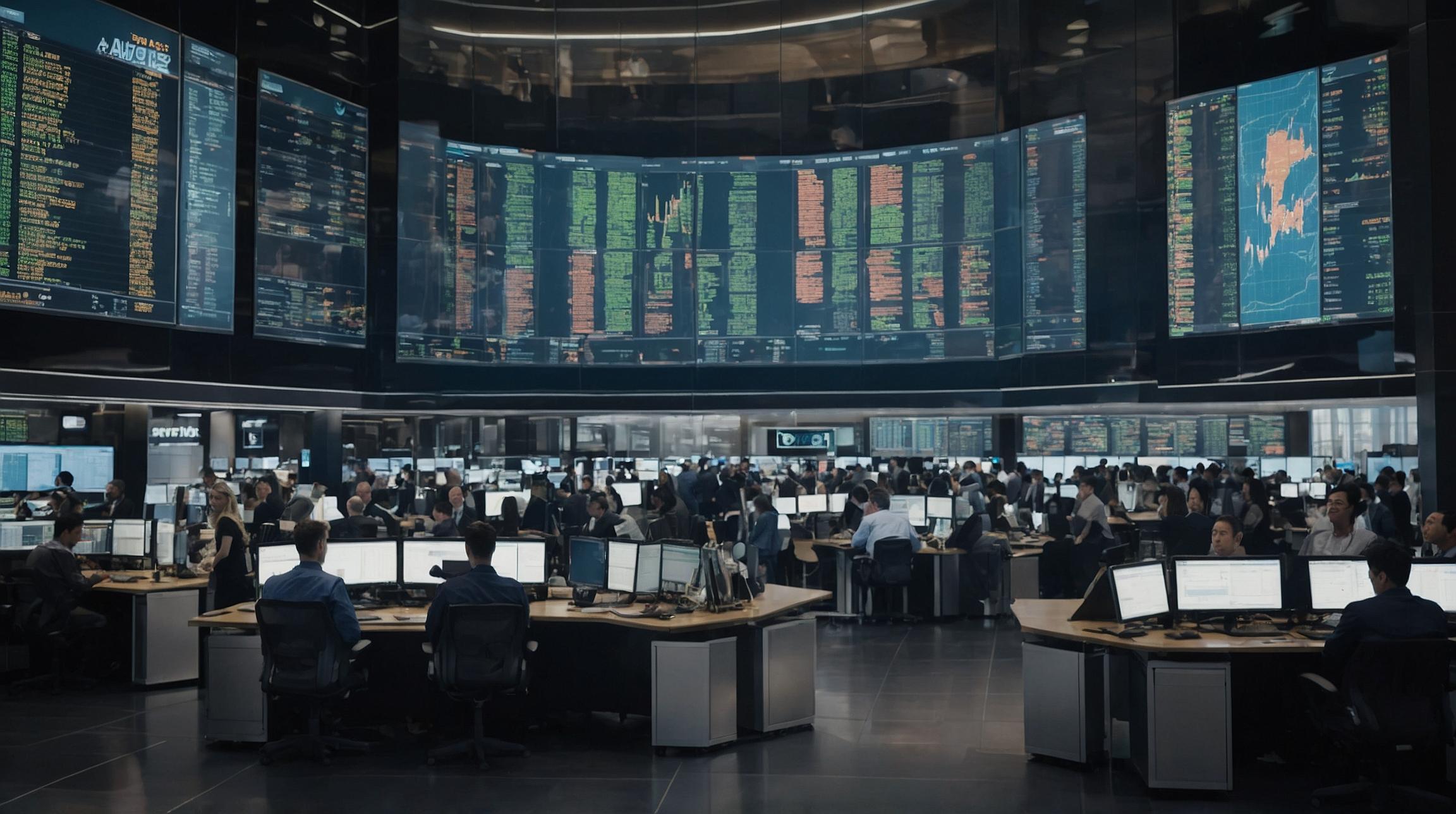The Origin and Rise of Dirty Soda
Utah-based beverage chain Swig introduced the concept of “dirty soda” in 2010, sparking a trend that has now permeated the national beverage landscape. Fifteen years on, this innovative twist on soda is invigorating a traditionally stagnant category, capturing attention from major players including PepsiCo and leading fast-food chains. Dirty soda is characterized by a carbonated soda base combined with flavored syrups, cream, or other dairy ingredients, creating a customizable and indulgent drink experience. While Swig holds the trademark and claims credit for the trend, social media platforms like TikTok and exposure through reality television have accelerated its widespread adoption.
Major Brands Embrace Dirty Soda Innovation
PepsiCo is actively capitalizing on the dirty soda movement. The company plans to introduce two new ready-to-drink products, Dirty Dew and Mug Floats Vanilla Howler, at the upcoming National Association of Convenience Stores trade show in Chicago. These launches build on the earlier success of Pepsi Wild Cherry & Cream, which debuted in 2025 to favorable consumer response.
“It’s a great opportunity for people like us, like PepsiCo, and for consumers to experience soda in a new way — and in some ways, an old way,” said Mark Kirkham, Chief Marketing Officer of Pepsi Beverages North America, drawing parallels to nostalgic soda fountains and root beer floats.
Other beverage innovators such as Keurig Dr Pepper have also noted the category’s growth, with new flavor combinations and ready-to-drink formats emerging to meet evolving consumer preferences.
Fast-Food Chains Join the Dirty Soda Craze
The dirty soda trend has extended beyond beverage companies to fast-food and casual dining establishments. Chains like TGI Fridays introduced limited-time dirty soda menu items, some available with alcoholic options. McDonald’s is testing flavored sodas such as “Sprite Lunar Splash” at over 500 locations, following the closure of its drinks-centric spinoff CosMc’s. Yum Brands’ Taco Bell has also embraced the trend, offering limited-time dirty soda variations including a dirty Mountain Dew Baja Blast. This broad adoption underscores the category’s widespread consumer appeal and operational ease for restaurants.
“It validates that this is a category, and McDonald’s and Taco Bell wouldn’t be getting into it if it wasn’t something that had broad appeal that they could sell everywhere,” said Swig CEO Alex Dunn.
Dunn compared Swig’s impact on soda to Starbucks’ influence on coffee culture, highlighting the growing number of chains replicating the model.
Why Consumers Are Embracing Dirty Soda
Experts identify several factors driving dirty soda’s popularity. The drinks offer a caffeine content lower than coffee, making them suitable for all-day consumption. Their visually appealing presentation, often highlighted on social media, attracts younger demographics seeking novel and customizable beverage experiences.
- Accessibility: Dirty soda leverages existing soda fountain infrastructure, making it easy for restaurants to offer.
- Affordability: Consumers can enjoy a flavorful treat without a high price point.
- Customization: The combination of soda with syrups and cream allows for creative variations.
Sally Lyons Watt, chief advisor at Circana, emphasized the trend’s appeal as an affordable indulgence that resonates with budget-conscious consumers.
Market Impact: Reversing Declines in Soda Consumption
Dirty soda is contributing to a reversal in the long-term decline of U.S. soda consumption. After peaking in 2004 at 15.3 billion gallons, soda intake fell to an estimated 11.87 billion gallons in 2024. Early projections for 2025 suggest a slight increase to 11.88 billion gallons, supported by innovations like dirty soda and prebiotic beverages. This trend is particularly significant as iced coffee and other non-carbonated drinks have traditionally eroded soda’s market share. Dirty soda’s lighter carbonation and customizable flavor profile are attracting younger consumers, many of whom had previously avoided traditional soda brands. Swig’s core demographic—women aged 18 to 35—exemplifies this shift. Consumers like Holly Galvin, who rarely drank soda before, now regularly prepare dirty sodas at home, inspired by media exposure and seasonal flavor adaptations.
FinOracleAI — Market View
The dirty soda trend represents a meaningful innovation in the beverage sector, rejuvenating consumer interest in carbonated soft drinks. By merging nostalgia with modern customization, it appeals to younger demographics and offers fast-food chains and beverage companies a scalable growth avenue.
- Opportunities: Expansion of ready-to-drink dirty soda products; growth in fast-food menu innovation; attracting new soda consumers, especially younger demographics.
- Risks: Market saturation as competitors replicate the trend; potential consumer fatigue; health trends favoring low-sugar and non-carbonated beverages.
Impact: The dirty soda trend is positively impacting the beverage industry by reversing declining soda consumption and driving innovation across retail and foodservice channels.





